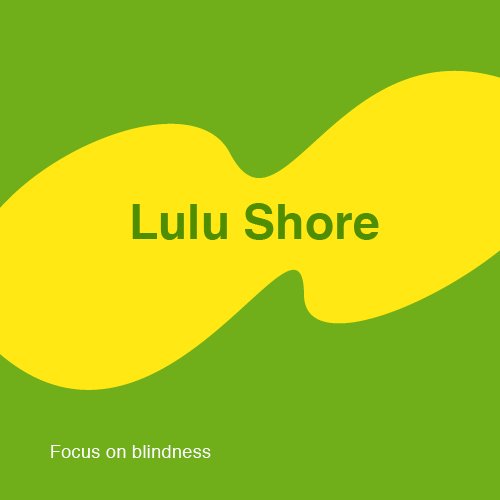The Hub & town research
example: Lulu Shore

Lulu Shore
Focus on blindness, a town run by and for blind people
Because all town ideas come with a helping of humour, Lulu Shore does focus on blindness of all sorts, physical, mental, love-induced, educational, upbringing-induced and all others.
The Hub & town research
The Hub offers a whole range of tools for research. The important bit for this chapter is to differentiate between general research apps and the apps for Lulu Shore. Each town on the towns ideas list starts as an experiment in order to find out what works best for which town.
Case 1: Miro, a botanist
Miro has never seen a flower with his own eyes, but you won’t find anyone in Lulu Shore nor in many other places who knows more about flowers.
For his work in the gardens and fields of Lulu Shore, Miro uses several research apps on the Hub, some of which he helped to develop.
About a year ago, Miro ordered a bespoke Hub Room which includes all the tools he needs for his work, such as taking notes, a scanner to count insects or flowers, an app to measure the temperature and the like.
When Miro analyses his finding, he can use the Hub to find connections to the works of other researchers.
Also helpful are the research conference rooms and the research lounges. The first is for scheduled meetings, the second is open to anyone who can prove that they have a good understanding of the subjects discussed in this or that lounge, or that they have something to add that might be of interest.
Case 2: The five
The five are Ida, Marco, Quentin, Reese, and Sam. They are between twenty and forty, live in the same apartment house but on their own. They have all agreed to be part of the town experiment for six months. That means that all their activities are recorded by the Hub via the special town phone. The data is used in the simulations for Lulu Shore and also by several research groups.
While being monitored the five have several tasks. This includes recording everything that is unhelpful, adding any idea for what could be changed and how, plus actively working together and analysing which improvements to the living spaces, to their daily lives and to their work spaces and work requirements would be good.
Case 3: Astra at the main research centre
In the morning, Astra logs into the Hub and checks her mail room. By now, the town has developed a messaging system that makes sure relevant messages can be exchanged while irrelevant ones are filtered out and returned to the sender. This way, entering the mail room doesn’t overwhelm. It usually contains no more than twenty messages.
After the mail check, Astra enters her study on the Hub, here she has created a filing system which allows her to keep an overview of all her work. She is particularly proud of the sound tags she and a colleague invented which make finding the right files so much faster, and this way she can avoid using an AI, which she never liked.
From her study on the Hub, Astra has access to all her work, and she can connect to colleagues or open an additional workspace to cooperate with one or more people.
